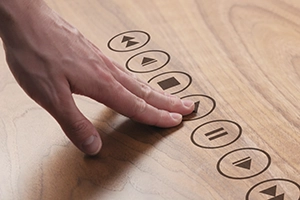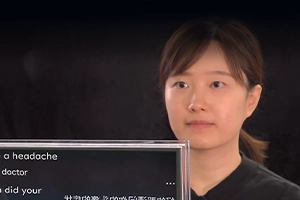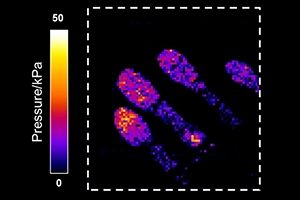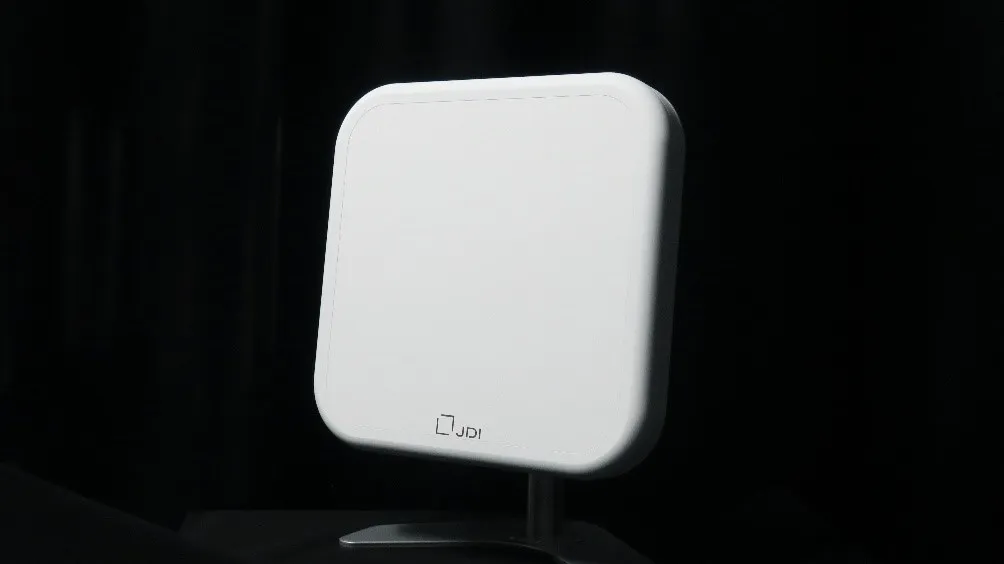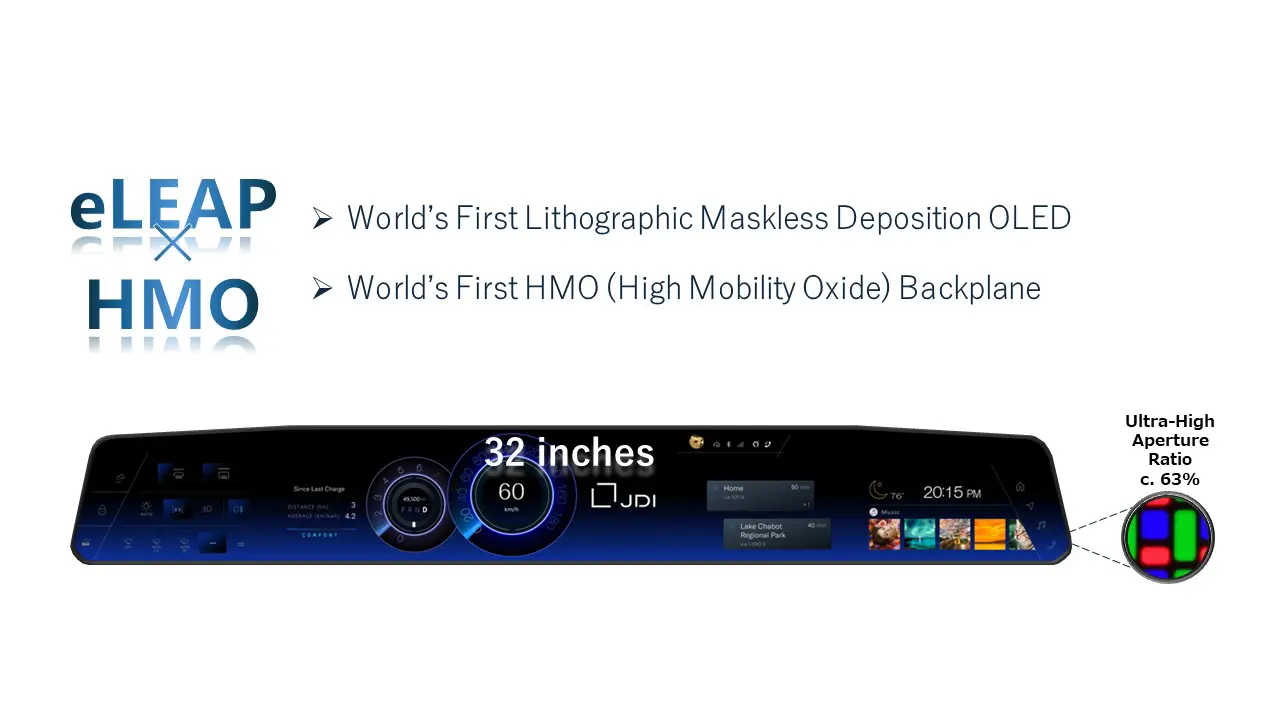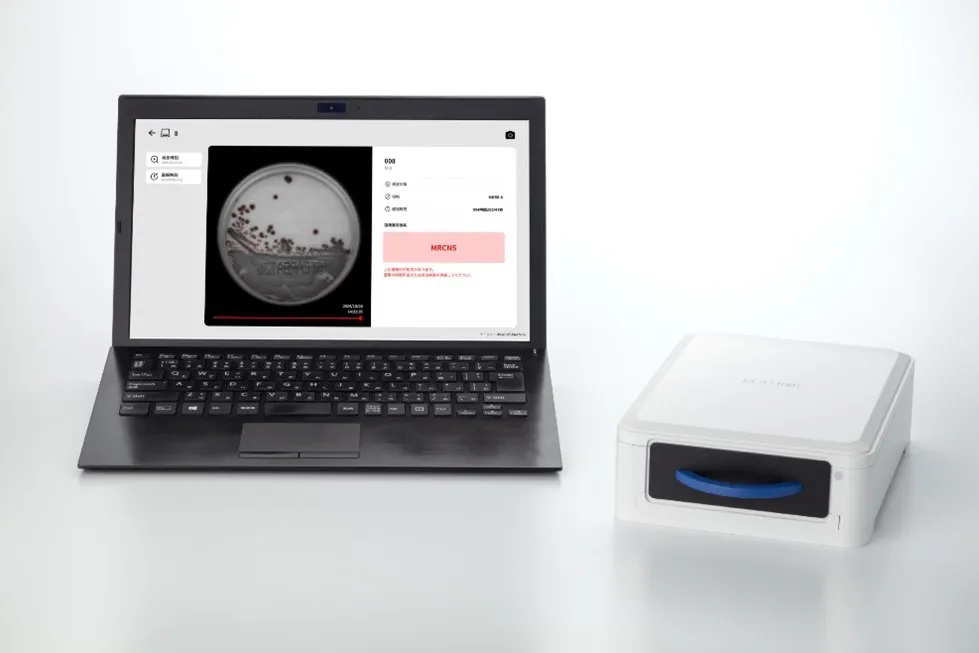-
Products & Technologies

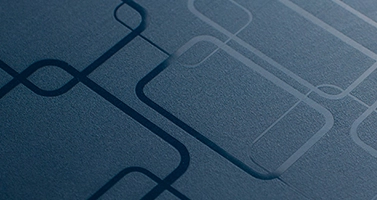
We are illuminating people's lives and making the world a better, more sustainable place by providing Global No.1 products.
We are creating new products in various fields such as automotive, medical, industrial, and personal devices including smartphones, tablets, and wearables, utilizing our advanced technical skills, manufacturing capabilities, and quality control.
Products & Technologies

Display for Medical / Industrial / Digital Camera
- For professional use
- Adaptable to a variety of industries

SOLTIMO
- Observation and analysis of microbial growth
- Multiple units can be installed in a microbial incubator

Custom Thin-film Substrates Such as TFT
- Design, manufacture, and sale of thin-film substrates
- New product development,collaboration with customers

LC Meta-Surface Reflector
- Changing the reflection angle of 5G millimeter waves
- Eliminating the shadow of communication waves
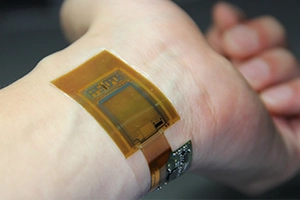
Conformable Thin Image Sensor
- Simultaneous measurement of fingerprints, veins, and pulse waves
- Softness that fits curved surfaces

Micro LED Displays
- Brightness that outshines sunlight
- Overwhelming brightness and viewing angle




